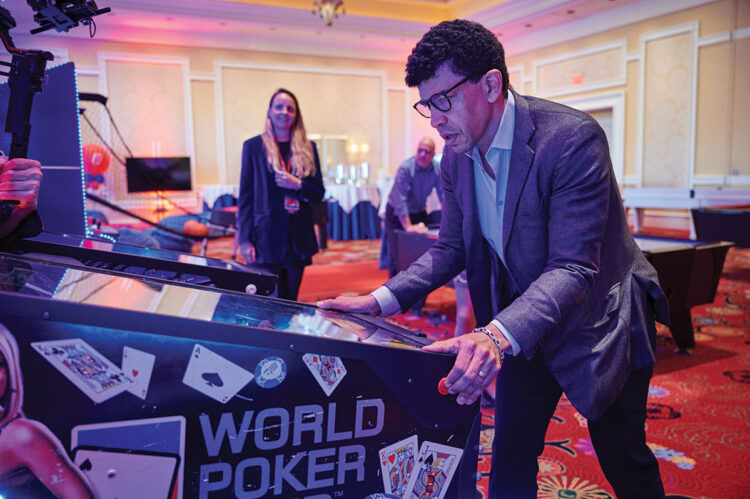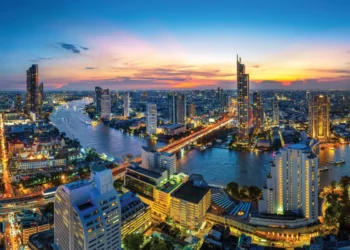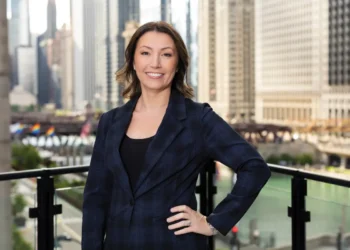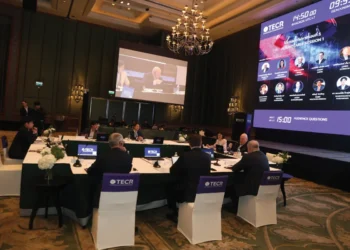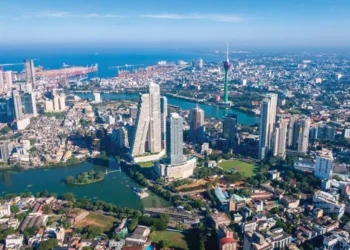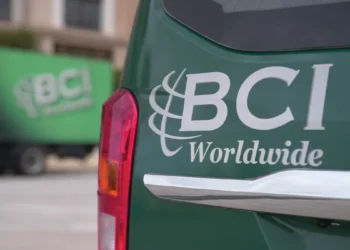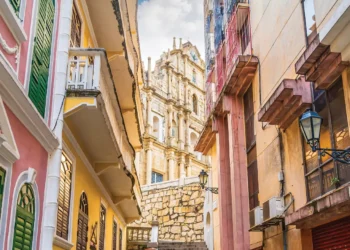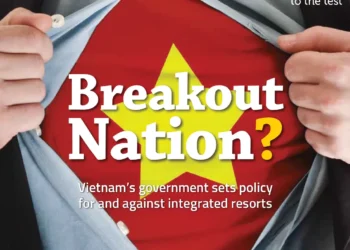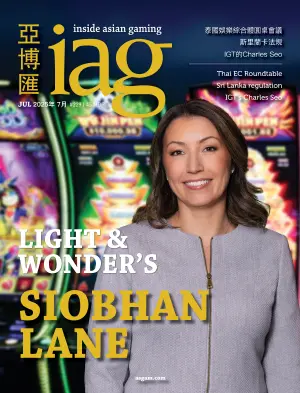In almost 20 years with the company – first as General Counsel and now as long-time CEO – Adam Pliska has transformed the World Poker Tour from a fledgling operator to one of the world’s foremost poker brands. Famous for the late night TV shows that helped spark the global poker boom, the WPT now runs more than 40 live poker series annually – supported by its online and social poker brand ClubWPT – and is beloved by the poker playing community for its unwavering focus on player experience. More recently the company launched its new annual flagship event, the WPT World Championship held at Wynn Las Vegas each December, which in 2023 included a massive US$40 million prize pool guarantee. IAG Managing Editor Ben Blaschke travelled to Las Vegas for the series, where he sat down with Pliska to learn more about the WPT’s secret sauce.
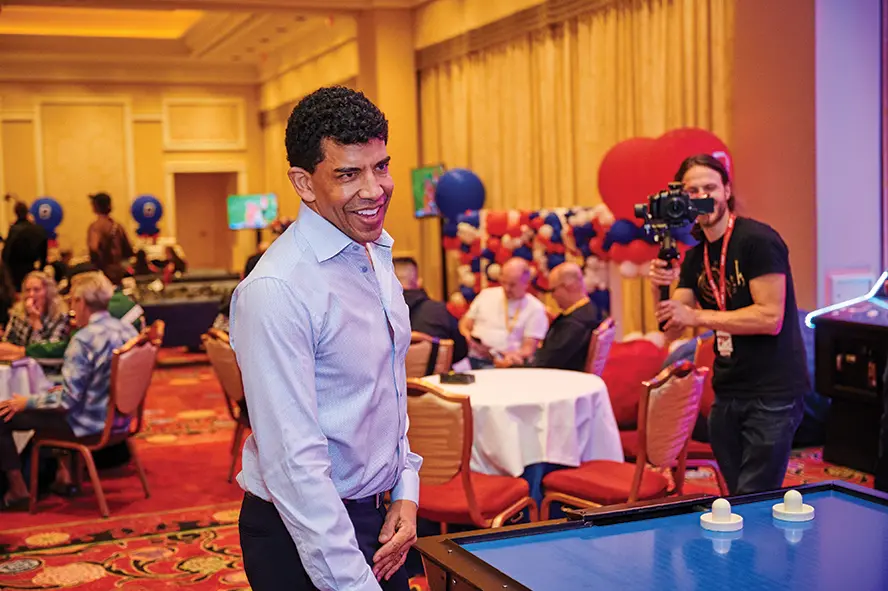 Ben Blaschke: Let’s go back to the beginning of your WPT journey. You began as CEO of the World Poker Tour back in 2009; what are your memories of that time?
Ben Blaschke: Let’s go back to the beginning of your WPT journey. You began as CEO of the World Poker Tour back in 2009; what are your memories of that time?
Adam Pliska: I was actually on board since 2003, but I was the original General Counsel at the time, so I took over in that period and it’s been 15 years since taking over. I was originally going to the Senate Judiciary in Washington D.C., but my friend [WPT co-founder] Steve Lipscomb – with whom I’d done some work in TV production before and who had started the World Poker Tour – asked me if I could come in for three weeks. Three weeks then turned into three months and so on. The WPT wasn’t even on the air at this stage.
Lyle Berman (another WPT co-founder) then wanted to go public, and I had to make the decision on whether I stayed with this project – whatever bringing a poker company public is – and that’s what we did. It’s been a remarkable 20 years.
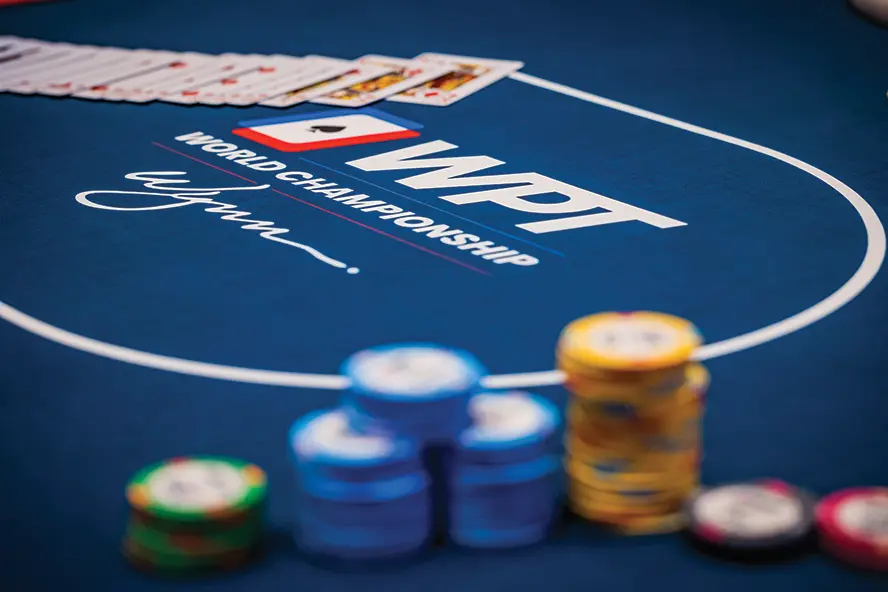 BB: You were really breaking new ground in those days.
BB: You were really breaking new ground in those days.
AP: It was breaking new ground, and for a couple of reasons. First of all, going public with a company that was poker was unheard of. It was the first time that had happened. In the subsequent years it happened more once people got used to it and realized the size of the business, but there was a lot of explaining to do from the business end of it.
The other thing is that it was quite taboo. We started by getting two hours [of airtime] on Wednesday nights on television, but as we expanded distribution you’d be in places where you were still spelling the word “poker” for people and explaining that it’s not some shady business.
BB: And it’s no secret that the WPT played a big part in fixing the shady image poker might have had at the time.
AP: Yeah, and I think a big part of that was Steve Lipscomb. He had been a television producer, he was a family guy with two kids, and he loved the competition of poker. He showed this great, high-stakes environment, that these guys were real competitors. Also, by adding graphics to the broadcast that showed people’s hole cards, people at home could actually watch while the players were playing and that helped considerably. For the first time, instead of just watching whether somebody won or lost, you were playing along. You could say, “I don’t know if this was the right play, I would have done it differently here.” And that gave a far more interactive quality which I think made it far more mainstream.
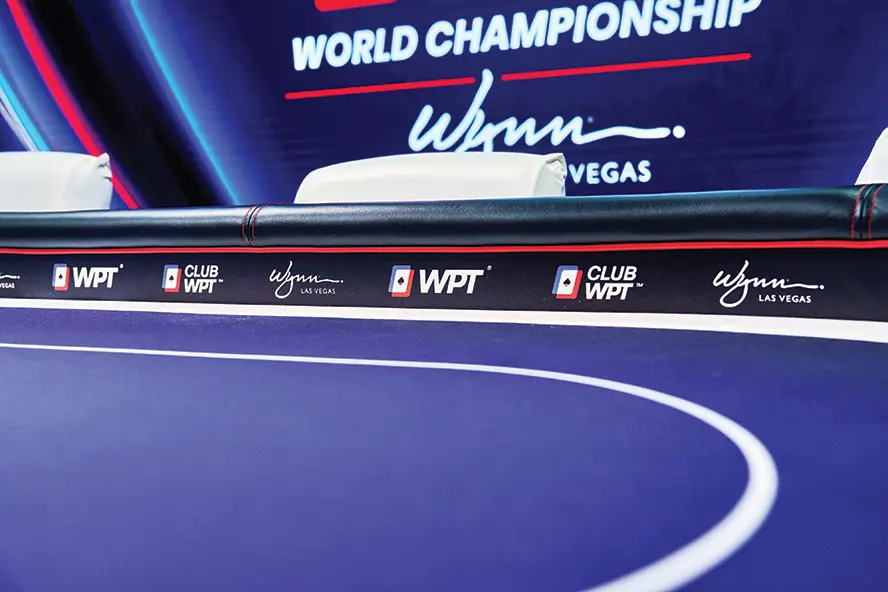 BB: When you did come into the CEO role, the company was nowhere near as big as it is now. What attracted you to the top job and what sort of opportunity did you see for the company moving forward?
BB: When you did come into the CEO role, the company was nowhere near as big as it is now. What attracted you to the top job and what sort of opportunity did you see for the company moving forward?
AP: Well, I think Steve and I did a lot of the business elements. I love the business elements and I also love the management of people. The idea that you can curate a company’s culture by the type of people that you get and the type of work ethic that they have and how they treat each other – that’s a very big theme of the World Poker Tour that was attractive.
The other thing is that there were so many elements. The television was there but the distribution had to be built. We were in the US and we had an event in France, but we were nowhere near the World Poker Tour that we are today, so it was literally going into continents and expanding and taking the steps to make people feel comfortable.
One of the biggest openings was in Asia, where you had a lot of taboos in certain areas about playing Western card games. And yet that process opened up and now it’s one of the biggest markets, obviously.
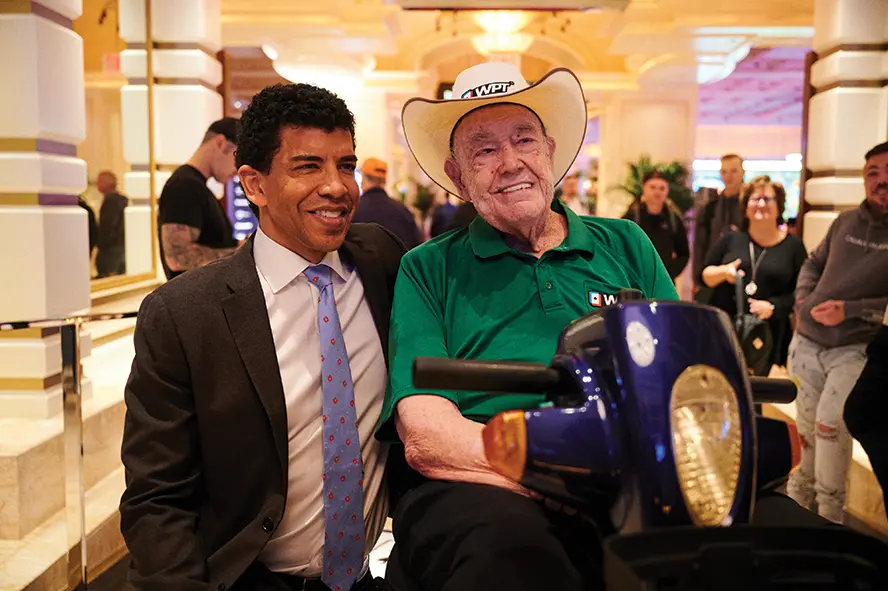 BB: When we talk about the growth of the company, I think you’ve overseen three changes of ownership in your time?
BB: When we talk about the growth of the company, I think you’ve overseen three changes of ownership in your time?
AP: Yes, although five since the beginning. As General Counsel I think I led at least four.
BB: And the value each time increased, which reflects the growth of the company. When you do have a change of ownership, what are the challenges that brings, in terms of keeping the actual day-to-day operations smooth?
AP: It’s a very big challenge but as I’ve lived through a fifth iteration I’ve learned a number of techniques that are particularly helpful. First of all, every owner has a particular interest. Nobody is just buying it for fun, somebody has something that they want to do with the company and it’s most important to understand that and to spend a lot of time doing the dance to understand what those needs are.
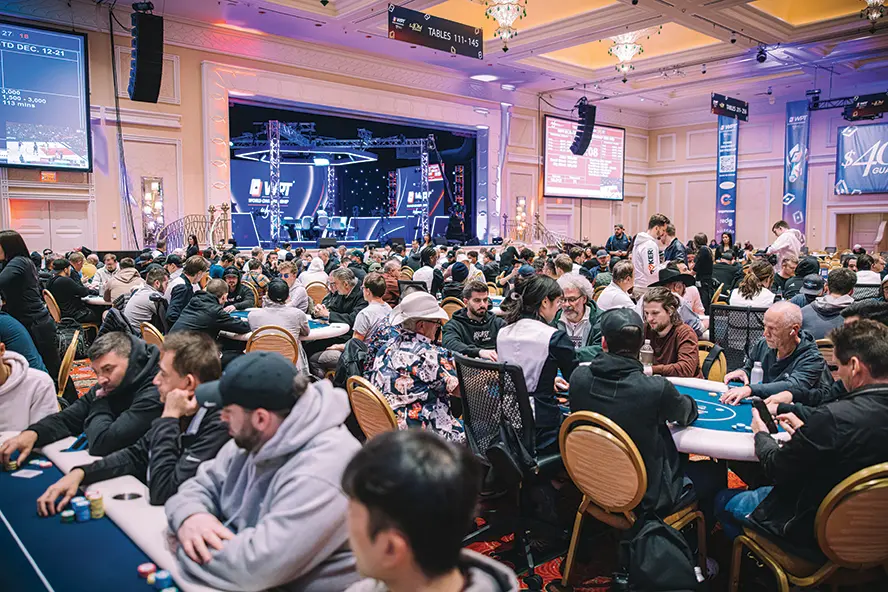 Then there are elements about the company that may be more complex than they appear on the outside. I mean, if you’re just looking at the World Poker Tour from outside, you probably see these massive events and people coming together but you might not know that the business model is sustained in a different way or that it takes multiple years. We operate in four or five-year increments in how we are planning, so educating a new investor is very important before they actually sign on the dotted line. It’s been easier every time. As long as the investor understands the nature, the complexities of the business, and we understand what the ultimate goals are of the investor, then everything goes well.
Then there are elements about the company that may be more complex than they appear on the outside. I mean, if you’re just looking at the World Poker Tour from outside, you probably see these massive events and people coming together but you might not know that the business model is sustained in a different way or that it takes multiple years. We operate in four or five-year increments in how we are planning, so educating a new investor is very important before they actually sign on the dotted line. It’s been easier every time. As long as the investor understands the nature, the complexities of the business, and we understand what the ultimate goals are of the investor, then everything goes well.
BB: You mentioned that back in the day you had a few US events and one in France. Can you provide some insight into how many events you run these days?
AP: We did back then, about 10 events, and we grew massively to the point where we were doing 70 events a few years ago. Then we decided to keep the lower buy-ins but reduce the amount of main tour events to keep that exclusivity. What we see now are eight main tour events throughout the year but then many, many [lower buy-in] WPT Prime events that are also taking place. In total, our sweet spot is probably about 40 or 45 events throughout the year. But it’s a lot. As you can imagine, the company is always moving, there is an event every other week, and it is global.
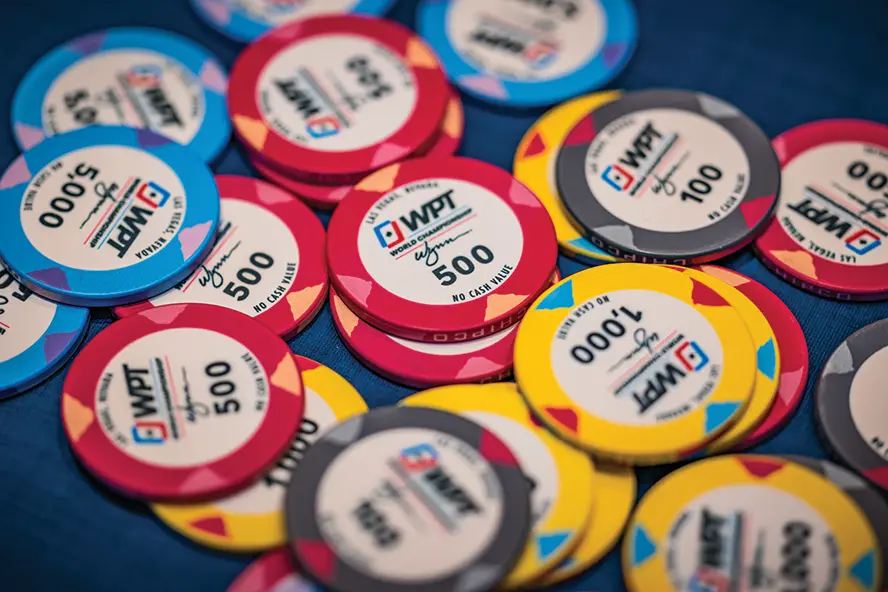 BB: We spoke earlier about culture, and I have witnessed first-hand the family feel that is the WPT – the staff love being part of the organization. How important is that to you?
BB: We spoke earlier about culture, and I have witnessed first-hand the family feel that is the WPT – the staff love being part of the organization. How important is that to you?
AP: Well, it’s very important, but I think even more than that it is something that you have to commit to. You’re going to get your best out of people when the people want to be there and that takes more than just, “Here’s a perk or here’s a nice experience for you.” It takes creating a set of understandings among all the people who come in about how we collectively want to operate.
All of my department heads, I let them pick the personnel that they want. I pick the talent and the department heads, but every person that comes on, I have a pre-meeting with that person and I tell them I’m not here to veto anything, I’m here to tell you the ethos of the company because we’re not a micromanaging company, even though some people also really thrive in a micromanaging company because they get a list and they do it and they get a reward.
Here you’re not going to hear it, but if you’re a person who’s a self-starter, that’s great, and if you’re a person who solves your own issues, that’s great too. We are a very flat company. We don’t like to say we’re a family in the typical corporate way, we say we’re a family in a more personal way, which is to say no one’s getting shoved off the ship. If there is a weak link, then we have to work together and just be very honest with each other. It’s providing that degree of honesty and that degree of trust. I don’t know when people are working, I don’t know when they’re coming in or whether they’re taking a vacation. You treat people professionally.
And it’s not me that they’re worried about – they don’t want to disappoint their peers. I think that’s what shows.
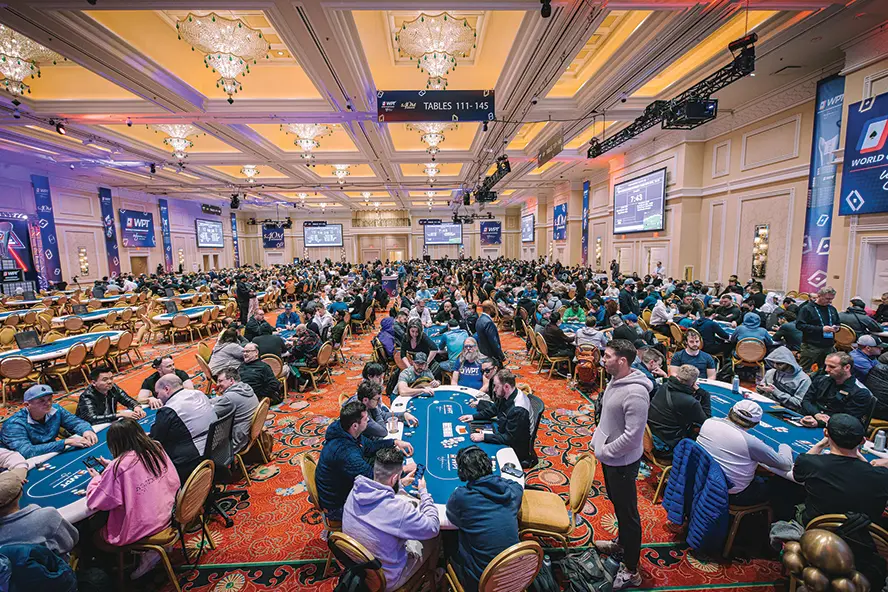 BB: How would you describe your leadership style?
BB: How would you describe your leadership style?
AP: Collaboration. The longer I’m here, the more you realize there is almost a spiritual element to it, right? More and more you are the steward of the philosophy of the company, because you can have an event like [the WPT World Championship at Wynn Las Vegas held each December] where you’ve got 10,000 players, then you’ve got another event going on somewhere else, and you can get lost. Sure, there are moments of frustration when somebody needs to remind people, “Okay, this is what we’re going for and these are the goals and this is the job.” My primary jobs are capital allocation and main talent selection, but other than that, it’s to be the steward of a philosophy, of a company, of who we collectively want to be and to reinforce it and to remind people in the same way that a trainer might do at a gym.
BB: Your customers are poker players, who can be a special breed. What would you say are the most unique or peculiar aspects of running a company like the WPT?
AP: It’s interesting because poker has many communities within the game and you see them all. We have an event going on right now (in December) with US$40 million in buy-ins, and for the players coming here it’s a big deal – someone is going home with US$7 million! Then we have club players who have won their chance to be here and it’s a whole different scale for them. We have online players, we have mid-major players.
What I find in general is that the poker audience is a very engaged audience. It’s probably not surprising – they’re game players – so oftentimes you can get gems of feedback, right? You also get things that hurt you like cynicism and those things as well, but poker players’ feedback – whether it is on the social playing side or it is all the way on the high roller side (we’ve got a US1 million buy-in event) I think is far more valuable than the average customer feedback because it tends to be detailed and it tends to come with solutions. Maybe you can do it and maybe you can’t, but it’s almost always something that is worth considering. I do think that’s a primary theme in poker.
BB: The WPT has been expanding into Asia in recent years and has in January held its first ever main tour stop in Cambodia, at NagaWorld. What is the attraction to Asia?
AP: Well, first of all, anybody who’s played any Asian events realizes that the level of enthusiasm is palpable. I mean, you have events where it can be the morning of Day 1 and people are seated at the table ready to go and eager, and I think it’s because Asia continues to be in its boom. There is so much poker education and so much great technology out there, and Asia has just run with it. You have great opportunities as individual countries have opened up. For a long time, if you think about it, the majority of the large events were not only Western events, they were US-centric events, so to open to a large population who gets it – and now with online poker which is such a major component – it’s massively scalable and I just love those Asian events. I love the enthusiasm there.
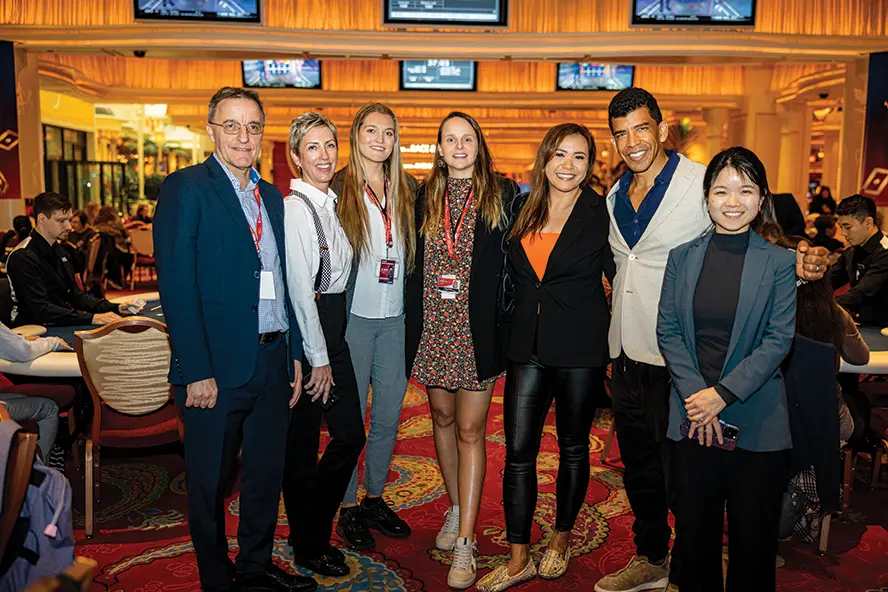 BB: How do you go about choosing where in Asia you hold your events. What is the criteria?
BB: How do you go about choosing where in Asia you hold your events. What is the criteria?
AP: Well, one of our steps is that we always try to find a partner in a country. Let’s take our Taiwanese partner. When we went there, we didn’t come in and say, “We’re going to come in and do some interviews and plant a flag;” we found a partner who was cultivating a community there. Now, that community might not be massive, but it is dedicated and it is loyal. So, when we come in now, we know we have some weight and an anchor there.
When you’re in Asia, you find these pockets of very loyal groups, and our partners know what people are looking for. They know the community. That’s probably the first and most important step.
BB: Macau used to be a stronghold of poker but this has waned in recent years. Has the WPT looked into Macau as a possible home of the future?
AP: I will probably visit Macau again in the first months of the year, and I continue to look into that. We’ve been very eager to go there. There are some structural issues in Macau that make it difficult, particularly with dealers, but we are dedicated. We will get to Macau. We will work with the government and we’ll work with anyone else to make sure we get a good event.
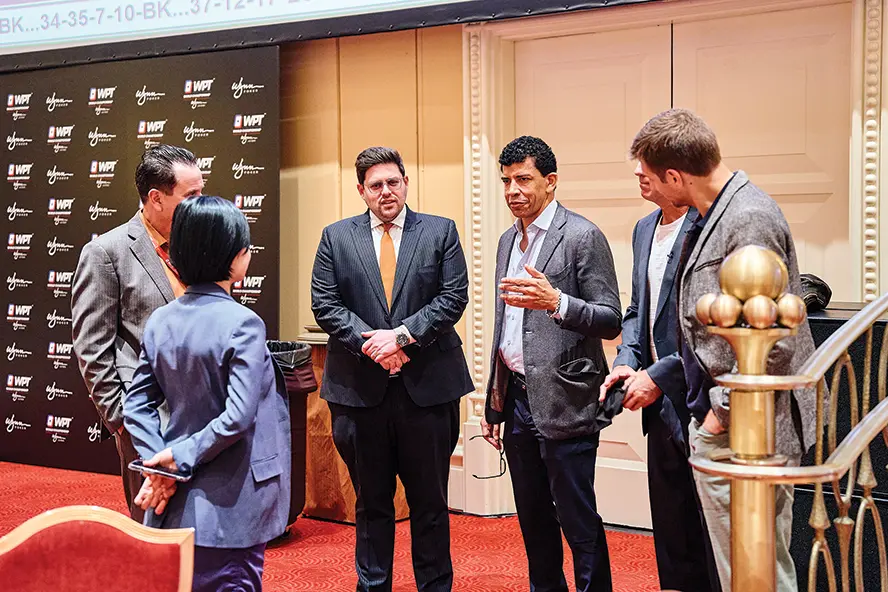 BB: The other market to talk about is Australia where you’ve got two events annually at the moment and no doubt more in the future. What is the attraction to Australia?
BB: The other market to talk about is Australia where you’ve got two events annually at the moment and no doubt more in the future. What is the attraction to Australia?
AP: It depends on your timeline. If you’re a company that needs to have a short timeline because of your investor status or your capital structure, you’re just going to go to places that have online gaming opportunities, and unfortunately that rules out Australia. But the longer your timeline, the more you become concerned with retention. And Australia is a jewel in the crown. If you go to the WPT Australia event we just had at The Star Gold Coast (last September), here is a beautiful property that is very well run, and when somebody comes to play, when they’re finished, they can go down to the beach, or when we are in Sydney they go see the Sydney Harbour Bridge and all these experiences – it’s just one of those great locations. These add to the stickiness of the World Poker Tour. This goes to the brand level of the World Poker Tour.
If you’re only going to play in markets of maximum margin, it will eventually become a race to the bottom because you’ll have every competitor in there. The value of brand building is that you have a stickiness that comes from people feeling that, holistically, what you’re offering makes it always worth showing up. I look at Australia in that same way.
BB: We’re having this chat in Las Vegas where poker is ingrained into the gaming culture, but that’s not the case in every jurisdiction, and in some cases they are openly resistant to poker because of course a poker table doesn’t generate the same revenue as a baccarat table. When you find yourself in discussions where this sort of resistance is apparent, how do you explain the value that hosting a large-scale poker tournament can actually bring to that operation?
AP: It’s a good question, because you can explain all you want but if you don’t have a champion within the organization it’s very difficult. It is not something that you do in a two-hour presentation to an executive. We have enough clout and we’ve done enough so that we can go to anywhere and have a meeting, but you need someone who will come back and who we can help to understand about bringing poker into the casino. I mean, we’re sitting here at a location that has some of the highest gaming in the world, at the Encore in Las Vegas, and fortunately we’ve had the support of Charlie Stone (Wynn’s SVP of Casino Operations) and Ryan Beauregard (Wynn’s Executive Director of Poker Operations) and others who understand poker and understand why it’s an important part of the business.
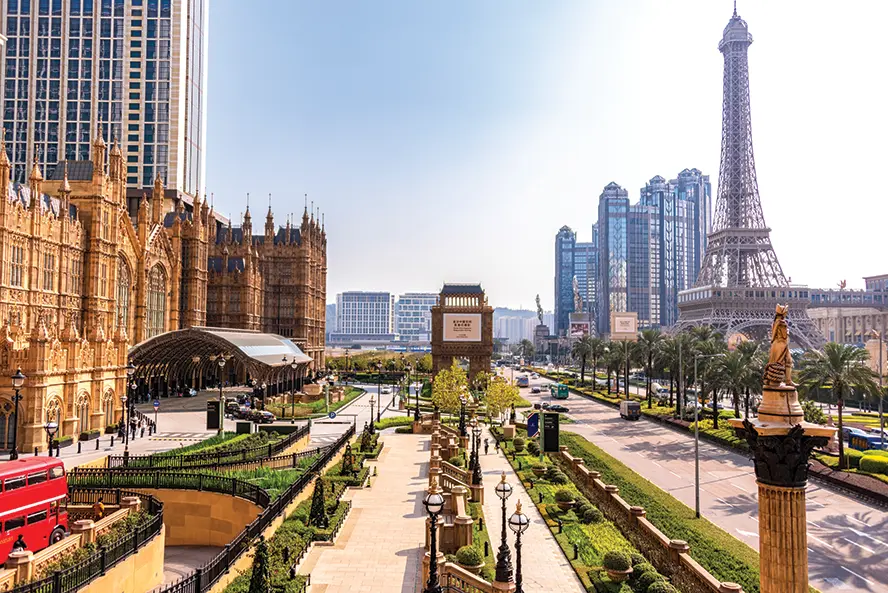
And very large businesses like Wynn, whose brand is very important, can understand that when done right … we’re going to have 40,000 people walking past here during this event and they’re going to have an amazing experience. Because it’s poker, these are people from every level and now you’ve integrated those people into the property. And what else are they going to do while here? Everything else! You’ve got them here to stay.
But that takes vision and tolerating a lot of operational aspects that go into poker that might not go into anything else.
BB: The WPT World Championship at Wynn Las Vegas feels like the event the WPT has always been working towards – a huge annual flagship event to rival the WSOP. Is that an accurate description?
AP: The goal is to create a flagship event, yes, but it has nothing to do with any other organization. We did a very large event [in December 2022] and I said to the team that our competitor is ourselves, because I look at the numbers. As much as we feel like it is competing against another tour back and forth or whatever is happening here in the summer, good poker is good for the ecology of poker. What we’re really doing is competing for players’ mental space, reminding them that they like to play poker and reminding them that this is a sport worth their time.
So, when it is done right, poker is actually quite valuable. What we’re doing here is creating the best player experience that we can for a massive event, and that’s it. I mean, we have limitations on how big we can make it and the players are helping us push those limitations, but we’ll continue to do that here. As long as we can maintain the experience we will continue to grow, but we will not grow merely for the sake of size, because that’s our strong point. Our strong point is player experience.






